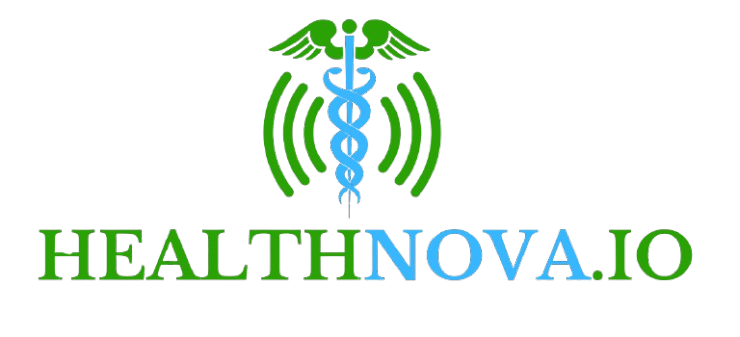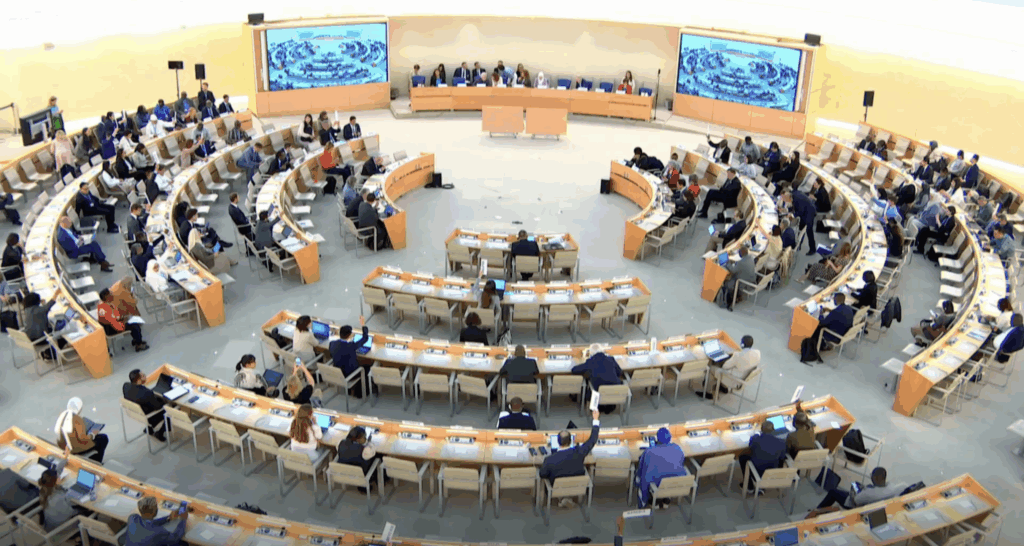
The 78th World Health General Assembly stimulated more public health expenditures by adopting Nigeria’s sponsored initiatives on Saturday. And the first WHO resolution recognizes rare diseases and neglected skin diseases as global equity issues.
Resolution Strengthening health finance around the world The goal is to accelerate the progress on long promises to finance on universal health guarantees.
In 2019, the United Nations General Assembly said, “More than 1% of the total production in Korea is appealed to allocate for primary medical services.
In addition, “Introduce taxes for cigarettes, sugar and alcohol … It emphasizes potential fiscal means that can increase medical income more, such as reducing the risks of diseases that cannot be communicated.
In addition, member states are recommended to focus domestic resources on the cheap essential health benefit package based on evidence and to be developed through the inclusive and transparent processes supported by health technology evaluation.
It is noteworthy because the resolution was started by the most populated Nigeria in Africa.
The state’s promise to UHC funding is out of the way
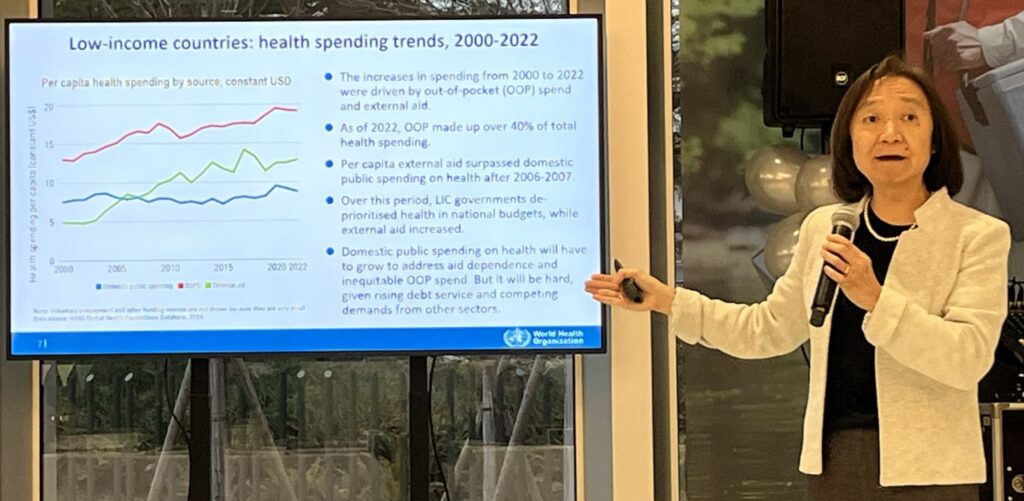
Quotes the result of WHO’S 2023 Global Monitoring ReportResolution memo “The world is a universal health range and Sustainable development target indicators Until 2030. ”
According to the draft of the resolution, nearly 2 billion people around the world are facing financial difficulties due to health expenditures, and the poor are being promoted by more than 340 million spending. The resolution pointed out the urgency of reform, saying, “1 billion people around the world spend more than 10% of the medical budget.”
In 2000 and 2022, the overall increase in capital health expenditures was 60%, while low -income countries were led by the rapid increase in OOP in December 2024, when public health expenditures were reported.
Spending is much lower than its long promise in 2001. Oh, the rich declarationMember States have promised to establish more than 15% of the national budget for the health sector.
According to the December 2024 report, donors spending in the last 20 years has been a donor expenditure consisting of donor expenditures consisting of a stagnant domestic spending on public health systems in the poorest countries. It has been greatly cut due to the massive US reduction in health expenditures around the world.
The WHA resolution urges its member states to improve social protection.
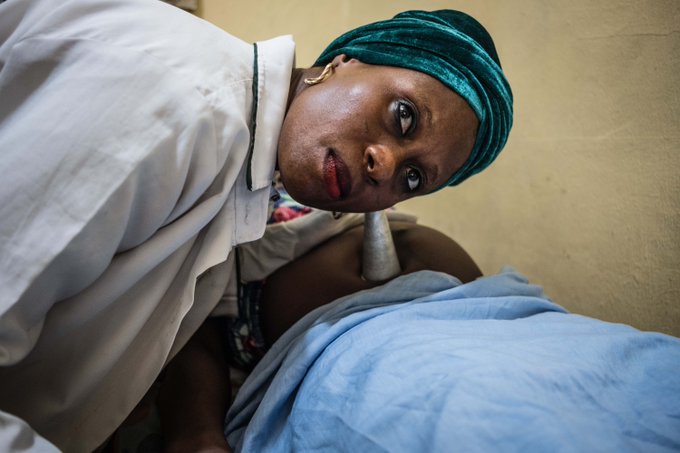
The new WHA resolution urged member states to “solve the cause of financial protection and improve access to medical services without financial difficulties.
It is encouraged to increase the priority of public funding for health systems, to focus on the government’s “government income as a major source of funding,” and to reduce fragmentation through pooling of government funds, including the revenue of the relevant and indirect taxes and imposing.
Lastly, the resolution also requires global health initiatives, donors and financial institutions, “In consideration of advantageous terms that match national plans, budget processes, monitoring and evaluation cycles, they require transparency and reporting through systems such as national health accounts.
The resolution should prepare for reports on health expenditures and global health finance status to be presented in 2026, 2028 and 2030, and provides support for timely and transparency that improve the quality and availability of data, and track domestic and external finance flow.
In light of the WHO budget cut, it is a politically important request that it helps to preserve people who track public health expenditures in the state and region. See the relevant story.
Public health expenditures in low -income countries -costs from pockets.
In order to support the reform of the national level, the Secretary General is also requested to support member states in the development of the National Health Finance Road Map, which set priority to mobilize technical support and financial resources.
Strong support for member states
The resolution that Nigeria started was strongly supported by member states and emphasized the efforts of various countries in the country to expand domestic funding.
Zimbabwe has reaffirmed its promise of sustainable health investment and announced a proposed national health insurance system to ensure sustainable and equal health. This is consistent with the state’s resolution to reduce the dependence on the copayment expenditure and to prioritize public funds for medical care.
Public service internationalRepresenting the global public sector workers urged member states to talk about proper public funding. They urged developing countries to cancel the debt of developing countries so that developing countries can secure financial spaces for primary medical investment, and emphasized the importance of treating medical workers with fairness and dignity.
that International Medical Association Federation It is also called a timely reaction to the growing inequality by supporting the resolution. They advocated “sustainable public health finance to reduce the cost of the burden,” and emphasized that the reform of the health system should be based on equality and people -centered first medical services.
Ailan Li, vice president of universal health insurance report on WHO, reaffirmed the commitment to the state -supported state when fulfilling the recommendation of the resolution, and pointed out that the funding reform is “the core of our work when we proceed.” .
The first rare disease resolution was also approved.
During the session, the member states unanimously adopted a resolution. Rare Disease: Global health priority of equality and inclusionFor the first time in the WHO framework.
The rare disease is described in a specific health state that affects less than 2000 people of the general population, according to the solution, which tightly deploys rare diseases within the world’s UHC and equity agenda.
More than 300 million people worldwide live with one of more than 7,000 known rare diseases, and many of them are chronic, disorders, often not diagnosed or miscOsed.
LI called this bill a “landmark.”
“This is a complex problem to be managed, an expensive problem, and this is the reason we brought to GPW 14 with the support of many member states and partners.
In addition to policy symbols, the solution briefly explains practical behavior points. The state urges to integrate rare diseases into national health strategies, improve access to diagnosis and treatment, and develop registration and data systems. In addition, individuals with rare diseases often emphasize social inclusion by pointing out that they are faced with limited access to stigma, social exclusion and essential services.
The adoption of this resolution was widely praised by civil society and health organizations advocating rare diseases. The delegation welcomed the dedication of “a person with a rare disease.”
Strengthen medical image capacity and resolve skin diseases
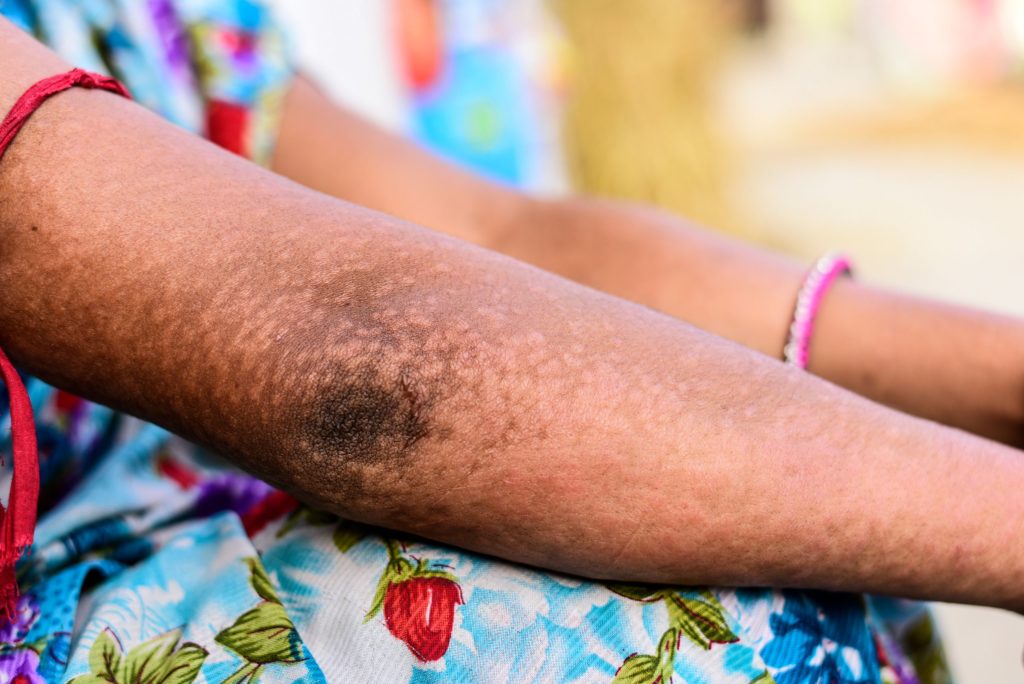
Saturday, assembly in other measures We have approved a few more resolutions ON: Strengthening medical image capacity; Enhancement of national absorption of norms and standards (EB 156/17 and EB156/14); Increase the profile of skin diseases as a global health priority (EB156/24). It also approved a strategy to accelerate the DRACUNCULIAASIS (eb156/23), and reviewed the progress of the 202O roadmap to accelerate meningitis by 2030 (A78/4).
“More than 10% of skin diseases are NTDS that immediately affects the underprivileged community of LMIC and causes physical, mental and social damage, and diagnosis is limited and many treatments are old or toxic.”He is a drug for the neglected disease initiative.
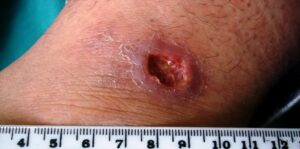
“We support the focus of the resolution and access to the health tools for R & D, but the commercial R & D system continues to ignore skin NTDs.
“The recent understanding of the recent African countries on the recent six African countries on the removal of Leishmaniasis shows the power of adjusted cross -border efforts. National political devotion is essential for improving skin NTDs, resource allocation, and early detection and treatment for medical workers.”
See the relevant story.
Image credit: Arabic Language Wikipedia, CC by-SA 3.0 Avanima, ,,, Twitter: @whoafro,,, Who,,, DNDI.
It supports harmless battles of health information and health policy reports in the southern part of the world. The journalist networks in Africa, Asia, Geneva and New York connect the evidence -based open access news and analysis and local reality and large -scale global discussions. To make a personal or organization contribution, click Paypal here.
